“Styles” are divisions of a subgenre not pronounced enough to warrant a new subgenre. “Sounds” are aesthetic variants of a subgenre. Just as “doom metal” means music that is either heavy metal or death metal played slowly with morbid/gothic surfacing, “sounds” differentiate groups of similar musical approach from each other. The evolution of “sounds” can be viewed as a hierarchy of specialized technique and aesthetic within a genre, the technique creating an effect that reveals the intent of the creators as communicated to the listener.
Technique and “Sounds”
Rhythm
|
Melody
|
Aesthetic
|
Structure
|
Vocals
|
|
|
|
|
|
|
Aesthetic and “Styles”
Heavy Metal
|
Ambient/Prog
|
Punk
|
Death
|
Black
|
Heavy Metal
Speed Metal
|
Ambient
|
Punk/Hardcore
Thrash
Grindcore
|
Death Metal
|
Black Metal
|
You can understand the styles of heavy metal by looking at the musical techniques and theory used, the aeshetic created, and the patterns of underlying structure pursued (as you can do in differentiated not just genres but types of music). Styles of death metal, black metal, heavy metal and crossover metal divide into “containers” for stylistic and compositional tendencies which reveal the interpretative structures in the music evoking the larger meta-perception or “life philosophy” beneath.
Aesthetic — or styles, arrangement, and production decisions — “works” where it supports the internal compositional structures of whatever music it encloses. Technique and production and performance come together to produce an aesthetic, which matches a compositional style, which in turn reflects the ideas that inspired the artist to communicate with his or her audience.
Heavy metal, in general, is music of loud, intense, nihilistic, feral, atavistic sound that reduces the individual and places them in a context of history where they are nothing (some would call this realism or nihilism). Accepting the reaction of despair to the violence and paranoia and insanity of human world living in denial of fear/death, and turning it into a living, willful, and distinctive nihilism that affirms nothingness as a gateway into more profound realms of thought — this is the goal of heavy metal, and it has many voices, or styles.
Rhythm
Syncopation
By playing off of internal rhythms, metal bands achieve syncopation — the inversion of stress in a passage. Normally strong beats are weak and the weak are strong; this effect is often achieved through polyrhythmic overlay by double-bass in death metal bands or by the chaotic, threshing blast beat of blackmetal drummers.
The variation enables an excited internal sub-rhythm to drive the song, as many bands do with double bass drums, letting snare and high hat/cymbal disassociate for key structural textures.
- Slayer
“Hell Awaits” and beyond featured the granddaddy of double-bass technique.
- Deicide
“Deicide” featured songs with anti-synchronized pump-beat percussion similar to the “Jaws” theme.
- Suffocation
The master planners of moving syncopated air and bass drum integration.
- Unleashed
“Shadows in the Deep” used this technique to warlike effect via guitar player forearm.
Polyrhythm
Using multiple rhythms to enhance layering effects bands create multiple dimensions of rhythmic space, using a normally linear framework in new shapes and often long or indeterminate phrases. This can occur in the dominant rhythmic instrument (guitars) or the background rhythm (drums/bass).
Some bands have taken this to extremes of chaos piling into itself, revealing an inner consistency and beauty, where others have interpreted this in the way of more contemporary ambient composers and have layered counterpoint or complementary rhythms in complex neo-electronic compositions.
- Immortal
“Pure Holocaust” features raging chaotic polyrhythm and ambient melody.
- Burzum
“Hvis Lyset Tar Oss” layered repetition to create epic meta-structures.
- Morbid Angel
“Altars of Madness” began with an inverted polyrhythmic beat.
- Mayhem
“De Mysteriis Dom Sathanas” used high-speed polyrhythms under ambient guitar.
Percussion
Explosive or definitive notes in a phrase are accentuated by percussion in drums or stringed instrument. Most often in guitars this occurs in the bands who muffle chords and strum staccato or interplay phrasing for conclusive effect, more than open-ended styles.
- Metallica
“Master of Puppets” used emphatic muffled chords for percussive centering in riffs.
- Suffocation
“Effigy of the Forgotten” used intricate polyrhythmic progressions to center complex songs.
- Sepultura
“Beneath the Remains” combined speed metal percussive strumming and death metal speeds.
Texture
Often bands give texture to rhythms by playing multiple levels of rhythm. For example, a guitar changing chords has a dominant rhythm in the beats on which the change occurs, but the chords themselves have a layer of rhythm in the speed with which they are strummed, or in death metal technique, at which their two most essential notes are varied through strumming or hammering. Even further, often the strumming itself has an independent texture which moves with the composition as a whole.
- Slayer
“Haunting the Chapel” invented the flying wrist technique of achieving hummingbird tremelo strumming.
- Unleashed
“Shadows in the Deep” featured slow masterpieces of micromotion and precision.
- Morbid Angel
After their monumental “Altars of Madness” which used this technique to create ambient melody and rhythm, Morbid Angel used it for prog-rock precision in the details of their epic “Blessed Are the Sick.”
- Mayhem
“De Mysteriis Dom Sathanas” features ambient strumming over Bathory-style rigid percussion matrix.
- Rigor Mortis
“Rigor Mortis” and more significantly “Freaks” built this technique into classical melody and structure.
- Cadaver
These Norwegians made rhythmic expectancy a part of their half-sliding, half-paused progressive metal.
Melody
Consonance
“Normal” melodies are used by older styles of heavy metal and sometimes by progressive bands integrating a jazz or rock influence. They are built around the scales used by these forms of music historically and in present essence, and as such are more easily recognized by listeners familiar with more mainstream music.
- Atheist
“Unquestionable Presence” built jazz harmony into a style of melodic progressive death metal.
- Metallica
“Kill ‘Em All” brought metal’s separate blues legacy into focus with new styles and heavy metal essence.
- At the Gates
“Slaughter of the Soul,” this band’s final work, made use of mainstreamification in the death metal sound.
Dissonance
Using dissonant alignment of notes in melodies produces a mournful yet technical sound, so many bands use this technique in both melodic and harmonic construction.
- Voivod
From “Dimension Hatross” onward Voivod have built songs around dissonant melodic tension.
- Obliveon
“From This Day Forward” established the ability of dissonance and atonality to build complex jazzlike compositions.
- Immortal
“Pure Holocaust” and “Blizzard Beasts” feature dissonant melody and use of inversion contra rhythm.
Atonality
Atonal arrangements of notes produce bizarre and perverse melodies, causing instigation of uprising in the mentality of the listener. The “not tonal” nature of this etymology comes from the lack of a fixed scale, or use of an cycling scale of arbitrary tones.
Most metal musicians use this style of composition in conjunction with chromatic scales, dynamically acquiring tone centers through counterpoint and experimenting with classical music theory in key-less anti-melodic architectures.
- Morbid Angel
“Altars of Madness” through “Covenant” used atonal solos to great effect over dissonant compositions.
- Deicide
“Legion” used atonal lead guitar to emphasize the nihilism of chromatic composition.
Layered
In the style of classical composers from years past augmented with an focus geared more toward an attention span “in the now,” metal bands often use modal layers to create songs.
These layers, each forming a portion of the main melody in the song which changes over time to narrate song development, create a resonant harmony which the composer can change to develop the complex matrix of emotions required to manipulate atmospheric mood.
This style easily succumbs to being only technique, but is useful for developing a language of melody in which harmony serves a subordinate role.
- Burzum
Simple in outcome but complex in how far it varies from predictable in conception, the music of Burzum unfolds longer narrative by manipulating environmental depth to melody.
- Ildjarn
Short deranged pieces create atmosphere through two or three melodies sequenced in different orders to form narrative, with layers of two-note modal complements influencing direction in mood.
Harmony
Classical
Classical harmonic formations stay within the same key and manipulate different registers of mode or tone. The chromatic scales and intricate arpeggio formations of death and black metal lay their ancestry here and develop into a more direct sense of musical motion.
- Morbid Angel
“Altars of Madness” evolved this technique into fast-picking and ambient relationship to beat, accentuating it with atonal lead guitars.
- Deicide
“Feasting the Beast” demonstrated this technique in an ambient but violent setting.
- Burzum
“Det Som Engang Var” built simple classical music out of power chord arpeggios.
Jazz
The freedom and complexity of jazz harmonics attracted many metal composers, who have worked in that area to create bizarre and startling freaks of brutality.
- Atheist
“Unquestionable Presence” built jazz harmony into a style of melodic progressive death metal.
- Metallica
“Kill ‘Em All” brought metal’s separate blues legacy into focus with new styles and heavy metal essence.
- Demilich
“Nespithe” built bizarre harmonies from rudimentary fusionesque randomness
Rock
Oftentimes rock-n-roll influences creep into metal bands and are easily identified by their influence on the dominant rhythms, and by the more mainstream tonal ideas of the pieces. Since rock is essentially blues filtered through the cowboy hobo country music eyepiece, these bands often bear a lot in common with jazz-influence acts.
- Metallica
“Kill ‘Em All” brought metal’s separate blues legacy into focus with new styles and heavy metal essence.
Structure
Cyclic
Most rock songs come of the verse-chorus tradition and consequently so does unstudied death and black metal, as well as most grindcore. The tedium of this technique is sometimes temporarily alleviated by adding another structure or riff pattern on top of the double elements of cycle but even this is transparent.
Narrative
When many riffs are joined to form a progression of ideas not as much concerned with creating a piece but a sequence of moods a narrative composition occurs; others call this “riff salad” or “grab-bag metal.”
Architected
Music created with massive conceptions in mind often builds entirely unconventional structures to serve the individualized needs of each song. At this level of composition, nothing is as fits the norm as each piece has an entirely custom use in unique and intricate compositions where details matter.
- Emperor
“In the Nightside Eclipse” featured drifting and meandering songs built around central melodies.
- Burzum
“Hvis Lyset Tar Oss” used bafflingly simple and distinctive riffs in layers to create epic compositions.
- Morbid Angel
“Altars of Madness” often sequenced seemingly jarring changes in the smoothness of compositional integration.
- Metallica
“Orion” from Master of Puppets introduced this technique to the metal community at large.
Vocals
Sung
Like rock and blues before it, people sing these. With melodic voices and enunciation of words. Though sometimes it seems bizarre now, most people like ALL of their entertainment to sound this way.
- Helstar
A mid-eighties hybrid of Slayer metal and Iron Maiden rock, their album Nosferatu used sung vocals to pragmatic effect.
Shouted
Hardcore punk brought us angry shouting for vocals and it re-appears from time to time in death and black metal but is limited by the clarity and monotone of vocal it produces through uniform emphasis.
Distorted, Guttural
The majority of modern metal works utilize this style, yet it arose from crossover music like grindcore after being inspired by the grand old growler of metal, Lemmy Kilmeister of Motorhead, whose membership in both heavy metal and punk communities affirms his historical importance.
Metal originally adopted the gravely cigarette-burnt and alcohol-eroded voice of punk rock’s more deested vocalists, favoring its obscurity and the difficulty of marketing such an indistinct image in the world of concrete images concealing nebulous actualities and negligible rewards.
By reducing timbre from absolute tone to gritty, naturalistic, distortion and shearing melody to textural variance only, this style de-emphasizes vocals while making their presence fit into the texture of the music, allowing more dynamic variation in composition.
- Napalm Death
“Scum” revealed extremes of this technique for their potential in disturbing the aesthetic sensibilities of listeners.
- Possessed
“Seven Churches” brought the voice forth in primal form.
- The Exploited
With a sequence of groundbreaking hardcore albums the Exploited let the voice get growlier each time.
- Morbid Angel
Death metal cofounders Morbid Angel implemented this technique to great effect on “Altars of Madness” and beyond.
Distorted, Rasp
A more fragile sound, more like a warning than the guttural vocals of death metal, this high pitched muffled shriek is distorted so that it sounds like warnings from the dead.
- Emperor
Used vocals to accentuate melody in majestic pieces of speedy production and demonic drive.
- Darkthrone
Fragments of melody in vocals harmonized with miminalist riffing to expand mood.
- Antaeus
The master of searing growls with both texture and punctuation in rhythm, MkM paces each piece with violence and depth.
- Mütiilation
Droning melodic vocals within distorted chaos frame the structural changes in this music.
Heavy Metal
NWOBHM
Taking over from Black Sabbath when too much Led Zeppelin clonage invaded the airwaves, NWOBHM bands used more punkish riffing with more precise, technological structures in phrasing. The imagination ran wild and fantasy/mideval concepts in lyrics developed here.
Doom Metal
As Sabbath was slow, the doom metal genre demanded slower and more dramatically manic depressive songwriting. These bands bridge power chords across glacial rhythm for atmospheric impact. Often accompanied by drugs, esp. marijuana.
Narrative
Probed right after NWOBHM made its appearance, narrative bands strung together collages of riff and transition to make unfolding retellings of experience. This style is eternal and re-emerges every generation.
Stadium
Viewed by many as the nadir of metal, stadium metal is influenced by post-progressive rock atmospheric bands who used instrumentalism and pure pop hook to make sentimental but explosive songs. In metal this translates to an epic ballad flavor to everything. Once again, an eternal style which recurs with each new cycle of metal.
Hardcore
Punk
Punk is simplified 1950s rock voiced in power chords and sequenced to a pulsing basic rhythm. Vocals and aesthetic emphasized dirt and unsteadiness, and disregard of musicality freed bands from the form and compositional dynamic of rock music. Often bouncy or humorous, punk music moves with a friendly but simple motion.
Oi
Anthemic workingclass punk with often abrasive sounds mixed with guitar work reminiscent of surf bands from the generation before, Oi came into its own as its own influence in the next generation of hardcore.
Melodic
Building tension through emphasis on melodic notes within otherwise rigid progressions, a subset of the hardcore community made music with constant unchanging percussion and fluidly shifting riffs.
Grinding
The earliest hardcore to secede from normalcy became truly a handful of power chords grinding against one another in conflicted progressions and interrupted rhythm. This music is essentially similar to grindcore after the first generation.
Speed Metal
Percussive
The major innovation of speed metal was the muffled, explosive strumming of power chords to produce a sound of impact and resurrect the power of rhythm guitar in rock music.
Trance
Bands like Prong produced the first hypnotic rhythm “mellow” metal which while violent in methods of creation produced an atmosphere of calm and allowed emotional aspects of the art within to emerge.
Epic
Some bands aspired to the fantasy- and progressive-inspired works of NWOBHM and toward that aim produced neoclassical and often lengthy works. The most commonly known example of this is Metallica’s “Orion.”
Progressive
From the 1970s progressive bands metalheads began making larger structures and wider gains in technique in the rendering of intricate but impact-oriented music. While power chord riffing remains predominant, many progressive metal bands moved beyond the accepted “progressive” sound and created theoretically literate avantgarde works.
“Thrash Metal”
Misnamed speed/death metal hybrid bands were called “thrash metal” because of their violent and self-conflicted music, aggressive attitudes and thrash-based ideological assertions. The origin of the term “thrash metal” is European big corporate media magazines trying to sell speed metal as something more extreme than what it was.
“Power Metal”
A style that emerged as the speed metal genre was dying, power metal is speed metal riffing played either in an epic heavy metal or tuffguy pseudo-death metal style.
Thrash
Thrash, punk
One branch of thrash reveals more of its punk influence, and in bands like MDC or COC expressed itself with loosely hardcore songs played quickly with a metal influence in phrasing, but in punk song structures and major keys.
Thrash, metal
The other half of the thrash tree demonstrates a more metallic approach and is a proto-death-metal hybrid subgenre, found most clearly in the early works of Cryptic Slaughter and the later works of DRI.
Grindcore
Rigid
Open intervals and precise furiously fast structures distinguish this variant. Bands like Repulsion and Terrorizer defined this style.
Disassociative
The schizophrenic out of time rhythms and blurry, organic, lavaging rush of this style produced disorientation and loss of individual characteristics in the rising phenomena of chaos.
Crustcore, melodic
Loosely derived from Discharge, this genre worked melodic hardcore into a blurring ripple of speed and fury that unleashed itself in short bursts of anger.
Crustcore, rhythm
In the style of the mighty Assück, these bands created pounding furious rhythms from even intervals of the fretboard, roaring forth in some complexity but mostly disassociative, violent, random, disorienting music.
Death Metal
Phrasal
From the pure origins of death metal, the faster styles took after bands like Slayer, early Sepultura and Massacra in making architectures of intricate rhythm and melodic construction.
Percussive
Derived from the slamming, explosive street-level speed metal of Exodus or Exhorder, percussive death metal evolved from the New York Death Metal and Tampa Death Metal sounds to become a generic style of impact-oriented, explosive muffled strum death metal.
“Hate” is mastery of this style.
New York Death Metal (NYDM)
Explosively percussive and equal parts speed metal and angst-ridden New York Hardcore (NYHC), this music flew from the depths with guttural vocals, edgy rhythm riffing and essaylike song structures. In two styles, one of which is more percussive than its longer phrased variant.
Florida Death Metal
Some of the most “heavy metal” of the death metal movement, the Florida bands mated bold rhythm to the pulsing rhythm of early percussive death metal and created the most defiant, monstrously simple and direct metal of the era.
Swedish Death Metal
The first major evolution of theory occurred within the Swedish Death Metal movement, where Sunlight Studios/Thomas Skogsberg(tm) fuzztone production and longer phrases contributed to a melodicity fully evolving with At the Gates.
Progressive
Continuing the progressive tradition in metal, the progressive death bands adhered to a style which was part rock with jazz and classical influences, and part the wily fingered “technical” death metal of a previous generation.
Jazz/death metal hybrid.
Later albums: jazz/metal.
Harmonically rich, offtime rhythms.
Became highly technical.
Innovators/technicalists.
Technicalists and romantic artists.
Used violin and lead diminishing melody guitar work.
A stylistic hybrid, deathgrind is death metal using the simpler song structures and rhythmic expectancy riffing of grindgore. So far, nothing of stature has emerged from this style.
“Death Thrash”
This term is marketing slang for retro bands making faster speed metal music using death metal picking technique and vocals.
Göthenburg metal
From Göthenberg, Sweden, came a series of bands emulating At the Gates by making technical, jazz-and-rock influenced death metal. This only became a problem after “Slaughter of the Soul,” when At the Gates sent out the word to become commercial rock music hidden within death metal stylings.
Pre-At the Gates.
Template for this style.
Black metal that is heavy metal derived from this death metal style.
Doom metal
The moribund, self-pitying and sentimental style of doom metal has emerged in both heavy metal and death metal genres, where it is essentially the same music played with an emphasis on slow chord changes and resonant, recursive resolutions.
Black Metal
Deconstructivist
Chaotic and nihilistic blasts of short information in three-note riffs founded this style, which through reduction of assumed musicality focused on the information of its communication.
Melodic
Early experiments in structuralism allowed melody to serve as a fundamental principle and therefore emphasized use of the melodic sound in riff construction and chord voicing.
Melodic, heavy metal
Some relapsed to a former style and made melodic stadium metal of NWOBHM era with black metal vocals and technique.
Blasting
For the few who sought more extremity a style of grinding metal with nihilistic clipped emanations of information in abrupt explosions of riff was created, with variants moving closer to grindcore or pure unleashed melodicity.
Epic
Descended from the devotees of Bathory “Blood, Fire, Death,” this genre works folk song nationalism and epic narrative of multi-generational movements on the level of a people, creating symbolic black metal with lengthy melodies.
Trance/Ritual
Minimalism taken to the furthest extreme hybridized with metal produced an electronic music influenced genre which favored unchanging simple beats (similar to Discharge) under shifting melodic context- and lexically-sensitive phrase evolution.
“Transylvanian Hunger” is the best of this style.
Ultra-minimalist.
“Pure Holocaust” is a related idea.
Focuses on matching rhythm to expectation of a tone and then wearing it out, like the tedium of living in a dying society, anticipating radical change.
Ambient
Technopop/IDM
The music of Kraftwerk and its descendants, this is long melody evolving over a complex beat structure, often without human vocals.
EBM/Industrial
Emphatic and pulsating dance music that was a fundamental influence on developing techno and industrial genres, EBM sounds like what Nine Inch Nails would be if executed by Godflesh or Beherit.
Ritual
Influenced by throwbacks to mideval and music from before recorded history, ritual ambient uses simple melodic patterns in evolution and a primal sense of rhythm to emphasize its constructs.
Neoclassical
Somewhat of a summary of the genre as a whole excluding most popular music influences from EBM, neoclassical ambient/industrial uses technological instrumentation and song structure to emphasize classical influences in melodic construction.
No CommentsTags: To do: anchor & music review links
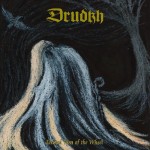 Drudkh – Eternal Turn of the Wheel
Drudkh – Eternal Turn of the Wheel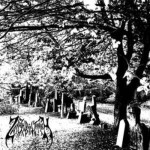 Zarach ‘Baal’ Tharagh – Eternal Darkness
Zarach ‘Baal’ Tharagh – Eternal Darkness Altar of Plagues – Teethed Glory and Injury
Altar of Plagues – Teethed Glory and Injury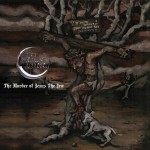 The Meads of Asphodel – The Murder of Jesus the Jew
The Meads of Asphodel – The Murder of Jesus the Jew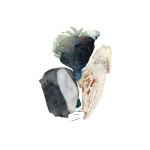 Book of Sand – Destruction, Not Reformation
Book of Sand – Destruction, Not Reformation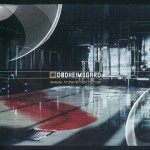 Dødheimsgard – 666 International
Dødheimsgard – 666 International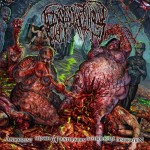 Epicardiectomy – Abhorrent Stench of Posthumous Gastrorectal Desecration
Epicardiectomy – Abhorrent Stench of Posthumous Gastrorectal Desecration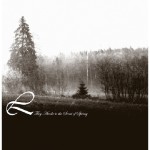 Lustre – They Awoke to the Sound of Spring
Lustre – They Awoke to the Sound of Spring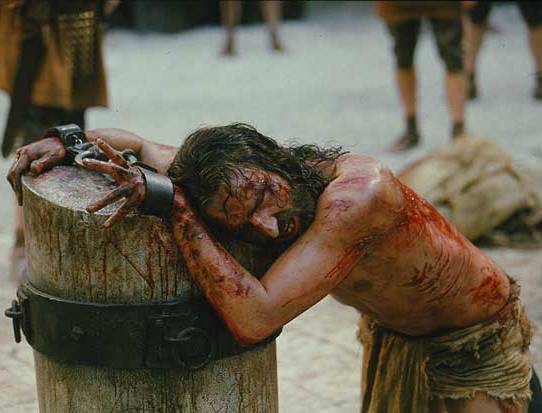
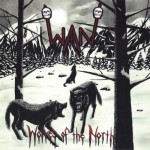
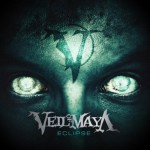
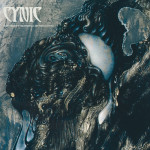
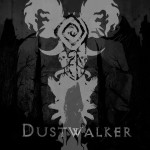
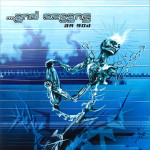
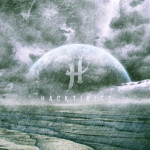
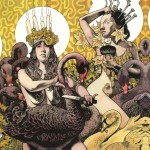
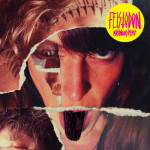
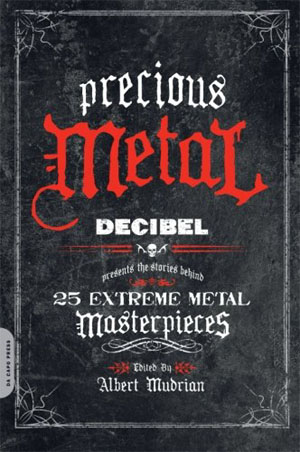
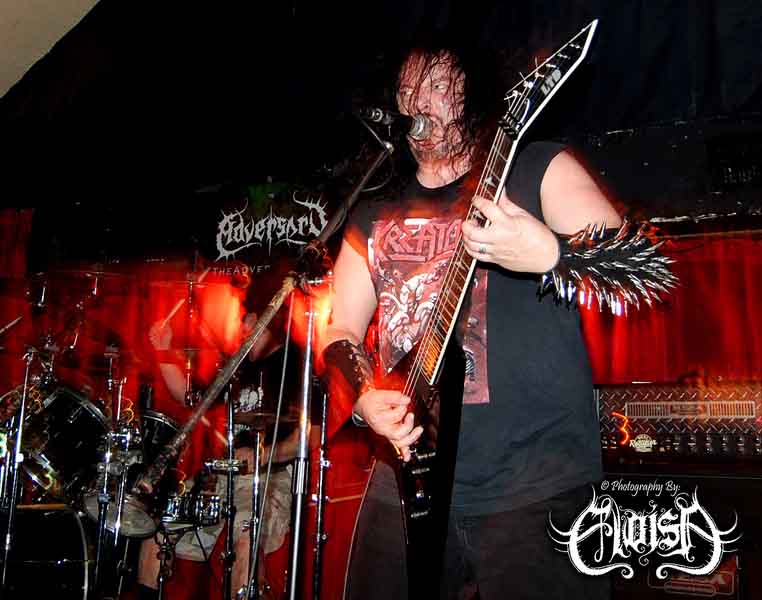 Tom Stevens has been providing technical extreme metal since the 80s. Known as a virtuoso on guitar and owning the distro/label Nokturnel Eclipse, he’s been a supporter of the old school since it began. Though Nokturnel has gone through numerous line-up changes, Stevens has defied odds and kept the flame burning with an indomitable urge to shred.
Tom Stevens has been providing technical extreme metal since the 80s. Known as a virtuoso on guitar and owning the distro/label Nokturnel Eclipse, he’s been a supporter of the old school since it began. Though Nokturnel has gone through numerous line-up changes, Stevens has defied odds and kept the flame burning with an indomitable urge to shred.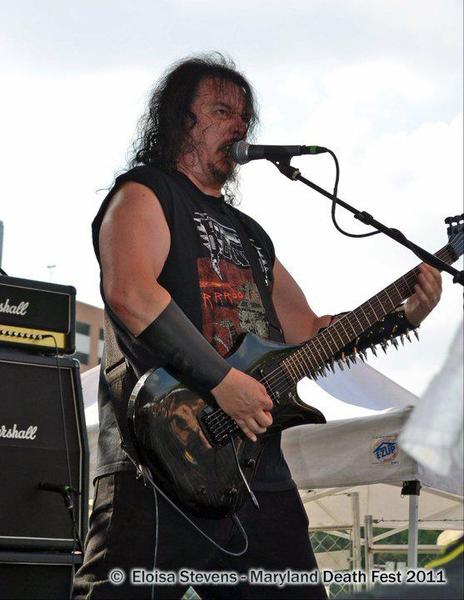 I haven’t heard much on Nokturnel since your last recording ‘Ancestral Calling’. What have you been up to?
I haven’t heard much on Nokturnel since your last recording ‘Ancestral Calling’. What have you been up to?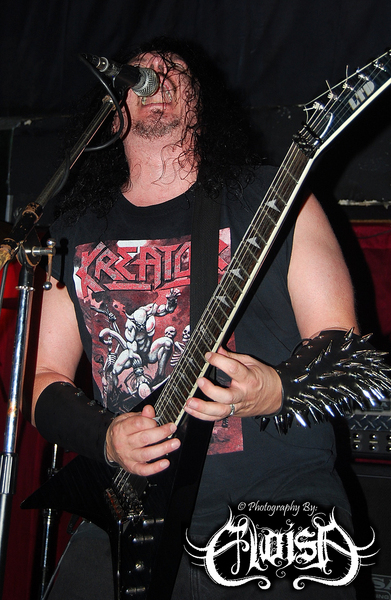 You played with Incantation for a while. What was it like touring with them? Any highlights that you’d like to share?
You played with Incantation for a while. What was it like touring with them? Any highlights that you’d like to share?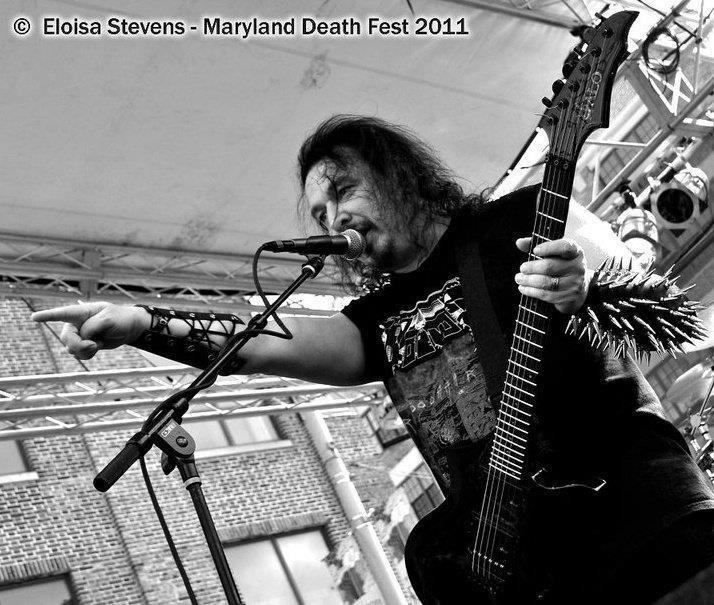 Please detail your contributions to Ripping Corpse. Are you still friends with Erik Rutan?
Please detail your contributions to Ripping Corpse. Are you still friends with Erik Rutan?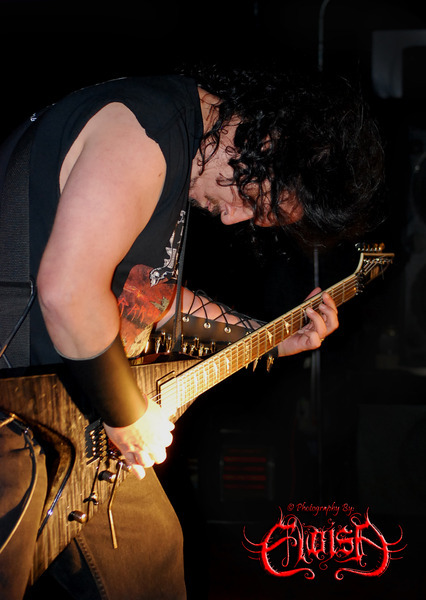 How long have you played guitar? You’re quite an amazing musician. What type of equipment, guitars, strings, etc do you use? What type of equipment would you recommend to new guitarists that are just starting out?
How long have you played guitar? You’re quite an amazing musician. What type of equipment, guitars, strings, etc do you use? What type of equipment would you recommend to new guitarists that are just starting out?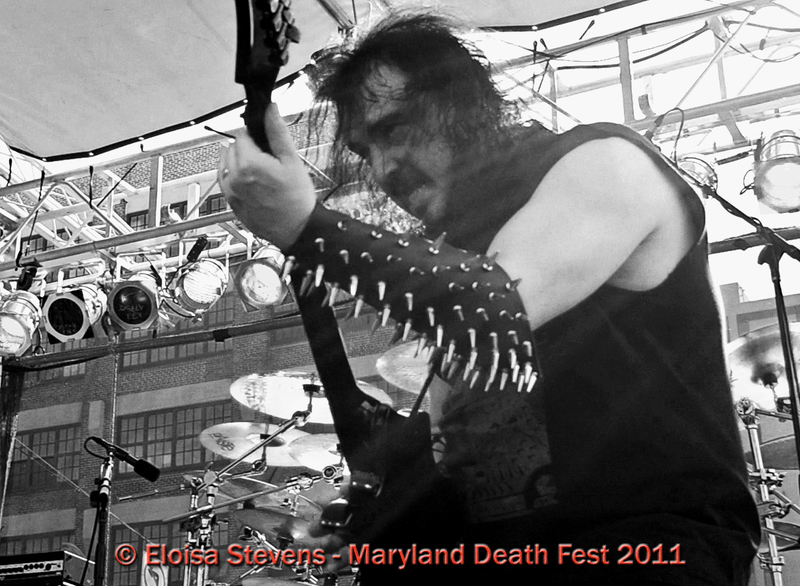 How well was the single “Ancestral Calling” received? What inspired you to write it? The riffs don’t seem to differentiate much, but the technical ability is amazing. How did you approach this song? What was your mindset? How will Nokturnel top this song in the future?
How well was the single “Ancestral Calling” received? What inspired you to write it? The riffs don’t seem to differentiate much, but the technical ability is amazing. How did you approach this song? What was your mindset? How will Nokturnel top this song in the future?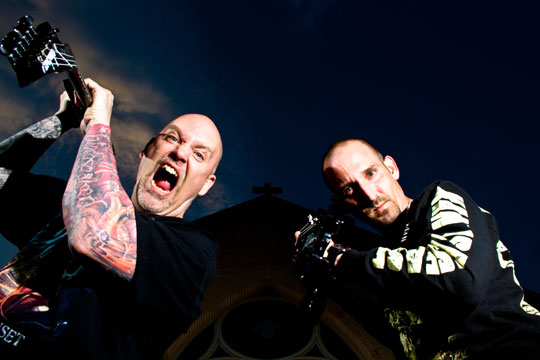
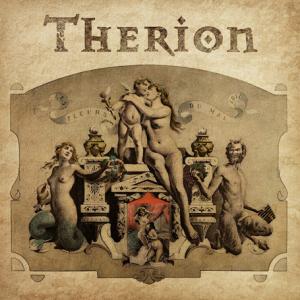 Therion are busy making final preparations to celebrate their 25th year anniversary of the band and to release the new album
Therion are busy making final preparations to celebrate their 25th year anniversary of the band and to release the new album 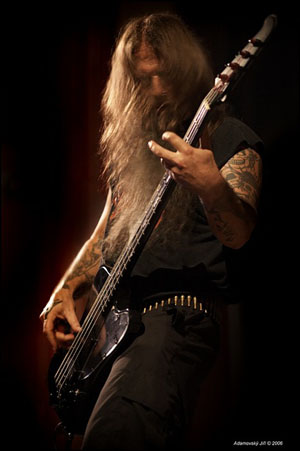
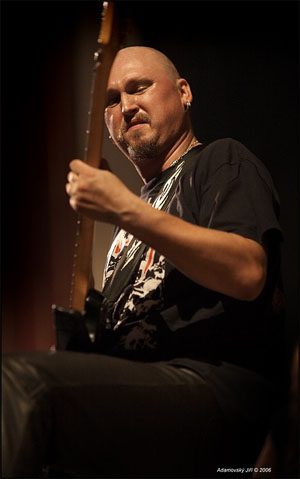
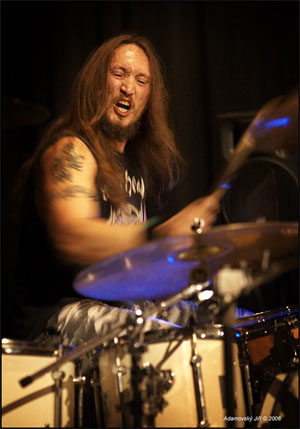


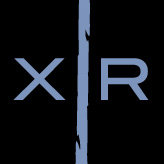 Powernoise, Dark Ambient, Noise, Power Electronics, Martial Industrial, 100 Blumen, 5F_55, 5F-X, Asche, Ad·ver·sary, Ah Cama-Sotz, Alter Der Ruine, Antigen Shift, Autoclav 1.1, Blackfilm, Brighter Death Now, Cenotype, ch district, Cold Fusion, config.sys, Converter, Desiderii Marginis, Detritus, Dryft, Endif, Exclipsect, Feindflug, Flint Glass, Geistform, Greyhound, Gridlock, Imminent Starvation, In Slaughter Natives, Iszoloscope, Loss, Megaptera, Memmaker, Minion, Monolith, Mono No Aware, MS Gentur, Noisuf-x, Nordvargr, Nullvektor, Orphx, Perfection Plastic, Pneumatic Detach, Pow[d]er Pussy, Ordinateur, Proyecto Mirage, Punch Inc., Raison D’être, Rukkanor, SAM, s:cage, Scrape[dx], Sephiroth, Shnarph!, S.K.E.T., Soman, Somatic Responses, Sophia, Stendeck, Subheim, Svartsinn, Synapscape, Synnack, This Morn’ Omina, Tonikom, Totakeke, Twinkle, Ulf Söderberg, W.A.S.T.E., Xabec, Xotox, Winterkälte
Powernoise, Dark Ambient, Noise, Power Electronics, Martial Industrial, 100 Blumen, 5F_55, 5F-X, Asche, Ad·ver·sary, Ah Cama-Sotz, Alter Der Ruine, Antigen Shift, Autoclav 1.1, Blackfilm, Brighter Death Now, Cenotype, ch district, Cold Fusion, config.sys, Converter, Desiderii Marginis, Detritus, Dryft, Endif, Exclipsect, Feindflug, Flint Glass, Geistform, Greyhound, Gridlock, Imminent Starvation, In Slaughter Natives, Iszoloscope, Loss, Megaptera, Memmaker, Minion, Monolith, Mono No Aware, MS Gentur, Noisuf-x, Nordvargr, Nullvektor, Orphx, Perfection Plastic, Pneumatic Detach, Pow[d]er Pussy, Ordinateur, Proyecto Mirage, Punch Inc., Raison D’être, Rukkanor, SAM, s:cage, Scrape[dx], Sephiroth, Shnarph!, S.K.E.T., Soman, Somatic Responses, Sophia, Stendeck, Subheim, Svartsinn, Synapscape, Synnack, This Morn’ Omina, Tonikom, Totakeke, Twinkle, Ulf Söderberg, W.A.S.T.E., Xabec, Xotox, Winterkälte
